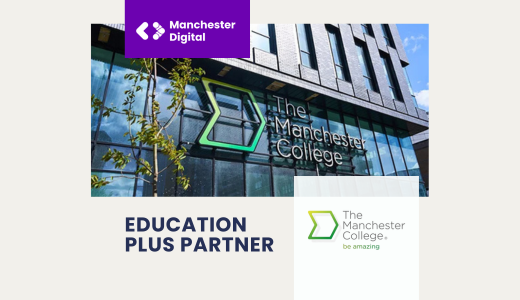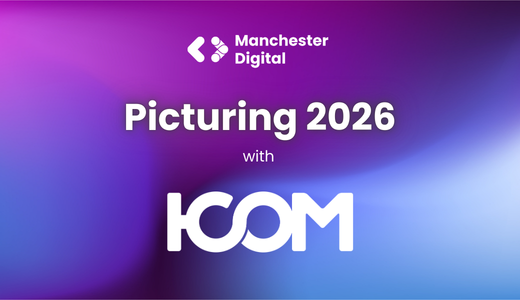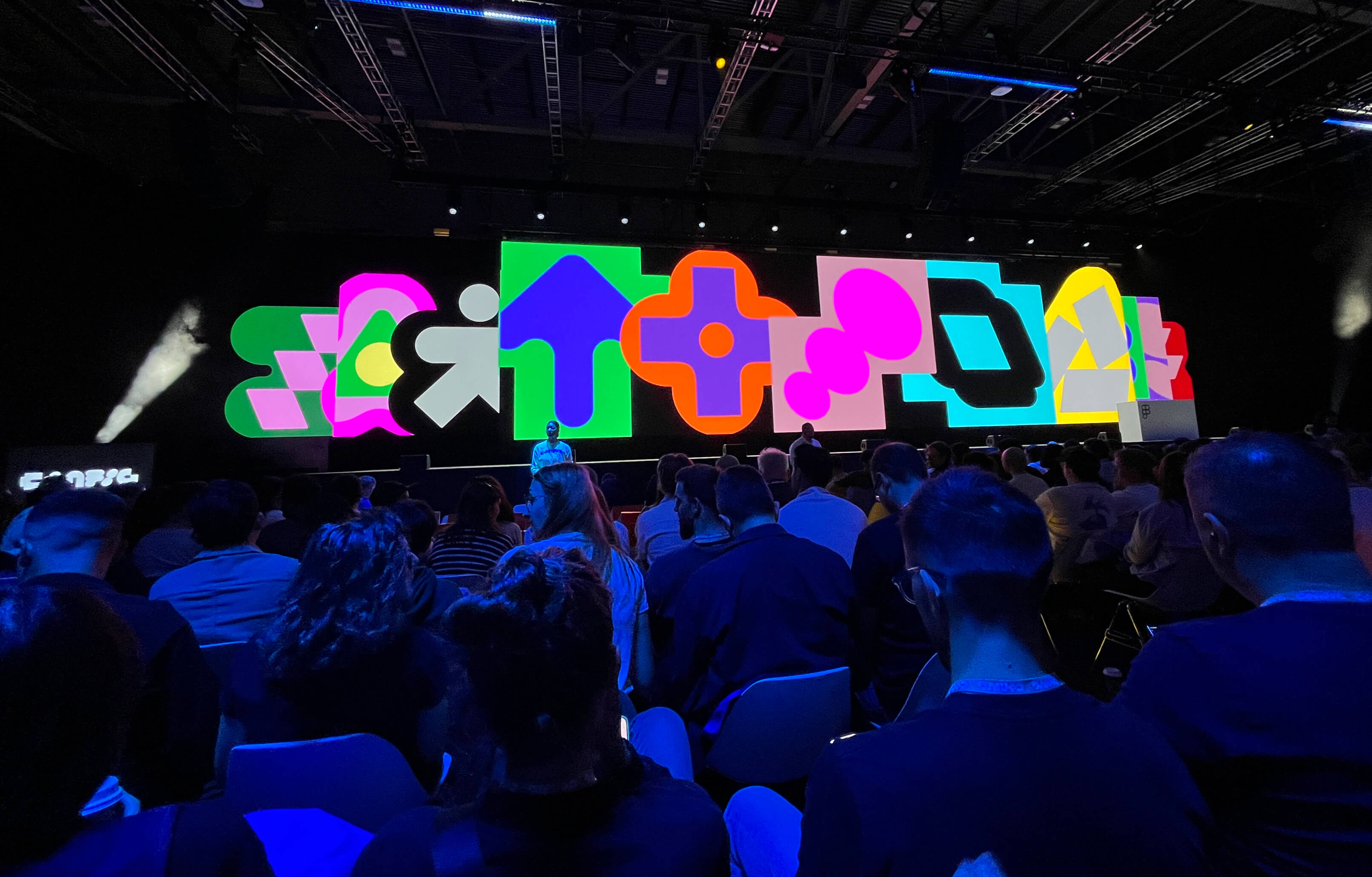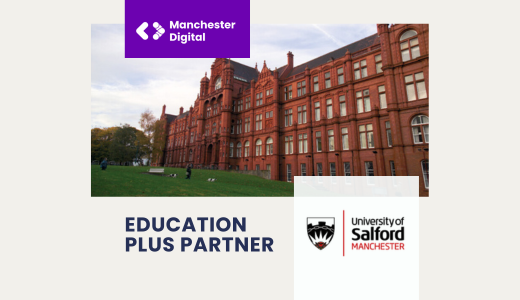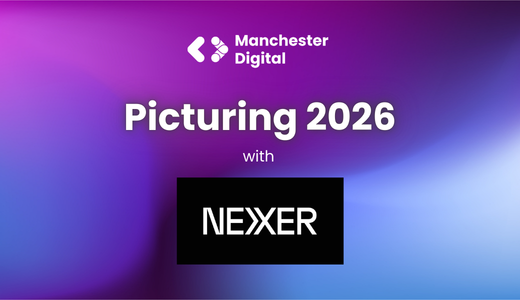79% of sales qualified leads never convert.
But these leads aren’t lost to competitors.
Most are, in fact, lost to buyer inertia.
A common reason B2B pipelines stall is that usually marketing sees the initial form submission as the end of their responsibility.
The issue here is that sales quickly disqualify buyers who aren’t ready to immediately buy. Sales teams don't have the time to put the energy into nurturing these prospects.
The sale opportunity is never nurtured. The prospect opportunity loses momentum and is lost forever.
And then, over time it becomes impossible to reengage prospects who you haven’t stayed in contact with. What could've once been a valuable opportunity then gets forgotten on your database.
Worse still, the prospect is then sent a slurry of emails from 'catch all' campaigns. The content has no particular relevance to the prospect, it heavily pushes products and services. They get irritated and unsubscribe.
Take control - Nurture prospects with ABM-targeted, persona-driven marketing automation
The trouble with a lot of the marketing campaigns that we see is that they assume every prospect has the same challenge at the same time.
Marketing automation is not simply automating your email newsletter to a catch-all list for the rest of the year.
Sorry, but it doesn't mean taking the rest of the year off.
In fact, it's a lot of grafting.
So, you're thinking, what could I do with marketing auotmation?
Marketing automation is where marketers take control of the entire customer journey - from pre-sale to customer to evangelist. Marketing automation enables you to plan the journey, anticipate customer needs, and most importantly, eliminates reasons not to buy.
Marketing automation enables you to use your content to implement an intelligent, pre-emptive, and useful journey for your prospects.
Let's say you're in the business of selling corporate gifts. The AOV is £50,000 t
Your prospect, Frieda, searches in google "corporate gift packages."
A landing page shows some top-level offers. The content on the page is customised based on her search query. The call to action has been tailored too based on what we know about this persona.
On the landing page, there’s an option to download a corporate gift planning template which will help Frieda manage the process. Frieda downloads this content and an SDR gives Frieda a call.
The phone call follows a playbook that has been set out following Myer-Brigg's 'blueprint' sales process. The SDR discusses how the planner tool works and what the next steps are.
Frieda said she’s worried about getting buy-in from senior management. The SDR arranges a call with the senior buyer and Frieda next week sending a link to their calendar automatically on the call. The call transcript is recorded in HubSpot for later use
For many, the main challenge may be engaging the decision-making unit and helping them with their internal sales. For others, the project may seem too big and complex – it’s something they’ll put to one side until later.
We can work out what the prospect's challenge is through implicit data – what pages did they look at? What advert copy did they click on? What search queries did they use?
We can also use explicit data: What data did our SDR capture when they spoke to them on the phone and completed the sales playbook? What did they say their main challenge was on a form? We can then proactively nurture each prospect on their own journey through marketing automation.
Marketing automation isn't just emailing - it's direct mail, social media, content etc. all tailored and tied to the research from your personas.
. Gong.io provides recommendations on how the call quality could be improved.
Rather than leaving it there, the SDR completes the sales playbook. The sales playbook provides guidance on the phone call. The SDR completes the playbook for that data record - which automatically pops Frieda in a workflow which will send her some emails with tips to get senior management buy-in. case studies of ‘look-alike’ businesses etc. If she doesn’t click on the emails, but comes back to the website, she’ll be shown personalized content and Smart CTAs based on her business size, needs and challenges.
Frieda then goes quiet for 15 days. We aren’t sure why – it could be that she’s busy, or she’s worried about whether using M&S would delight her customers. So our SDR sends her a postcard (using a handwriting machine) with an invitation for her buying team to join an exclusive event at an M&S office near her.
- It’s really hard to reactivate and reengage users when you haven’t been messaging them at all.
-Email marketing has the best ROI – it’s personal, direct, and 99% of people check their email every day.
-Mistake – pooling emails excluding every single campaign from one another. We need content to understand what pages customers have visited to understand their challenges, and then send workflows around those challenges.
-Opportunities Sales and marketing need to work together. For most businesses, opportunities lose velocity: Most marketers are targeted on new enquiries & quit after the first enquiry / sign up form. But it's not a sales handover, marketing should support the entire journey. That means seeing the deal over the line, enhancing post-purchase journey (Get them past the trough of disillusionment),
-
-
ing

